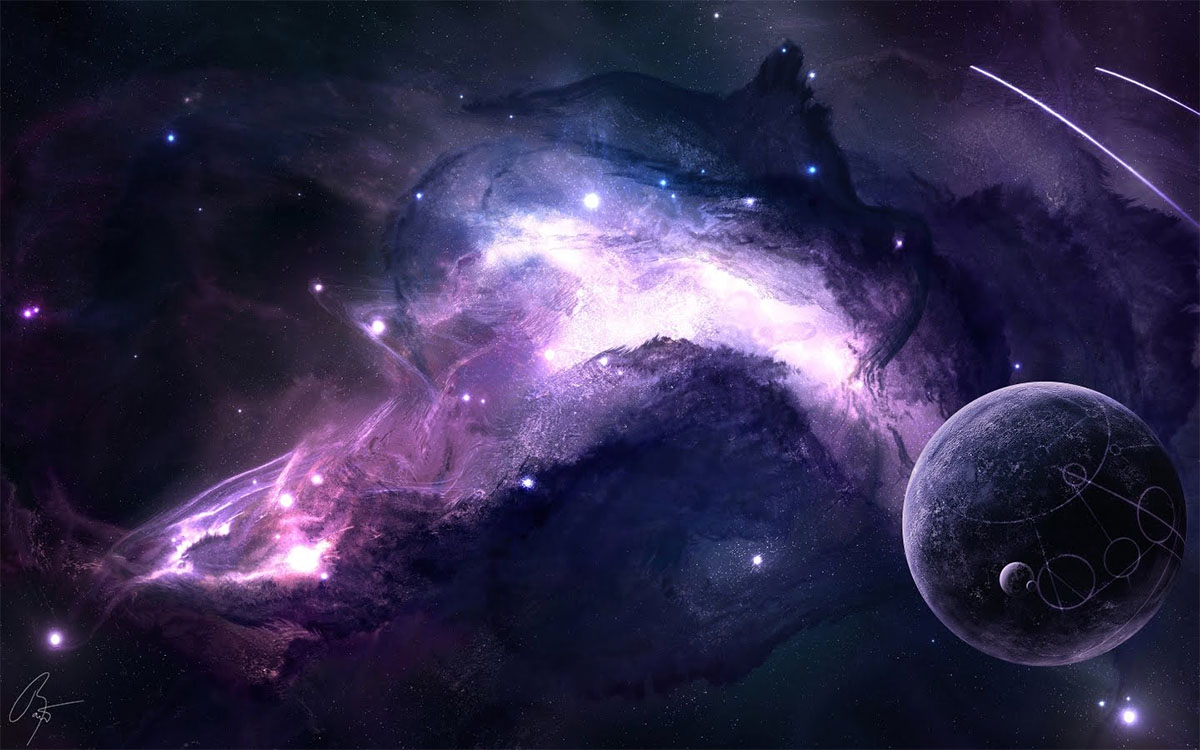primordial earth may have been purple and that’s a big deal for astrobiologists

While Earth is the only planet where we know life exists at the moment, we also know that statistically, it’s very different from what a typical habitable world should look like. Those planets will far more often than not be tidally locked, with one side facing their red dwarf parent star, the other perpetually shrouded at night. It’s just an issue of stellar distribution in the universe, a function of the Earth having a larger, hotter sun than typical. And this is why astrobiologists are trying to figure out signs of life different from what we see on our own planet, but still obviously pointing to alien flora and fauna.
The latest target of that approach have been theoretical extraterrestrial forests. On our world, plants are green because they use a pigment called chlorophyll to turn sunlight into sugars they need to survive, and releasing oxygen as a byproduct. But according to two researchers, that might not have always been the case. A protein called bacteriorhodopsin could also perform a similar task and has a simpler structure than chlorophyll, meaning that there’s a chance that ancient bacteria on primordial Earth used it to turn sunlight into food instead.
Vast colonies of these microorganisms and any fauna that evolved from them would look purple to the naked eye, meaning that combined with iron rich oceans of early Earth, our planet might have looked green and purple from space for over a billion years. Before we get carried away with this concept, it should be noted that we don’t know for sure how prevalent purple bacteria and proto-plants may have been until the great oxygenation event of 2.3 billion years ago, which turned our world into an oxygen rich blue and green haven for complex life. But the premise of the theory makes sense.
Simpler molecules would have more chances to arise than more complex ones, and therefore should be statically more prevalent. In fact, photosynthetic bacteria using molecules other than chlorophyll are still with us to this day. With that in mind, the researchers ask whether we should consider looking at light from potentially habitable worlds around other stars for traces of purple flora and other simpler photosynthetic molecules. Searching for aliens is, after all, a numbers game, and if you can argue that a certain telltale marker of life should be more common, it makes sense to consider the notion.
Their theory should also be yet another reminder that when it comes to classifying life and what makes it tick, we really only have a sample of one ecosystem with a history of evolution we pieced together from incomplete, scattered segments. What we often think seem like givens for life to emerge, diversify, and thrive, may be just one unique permutation that in no way reflects the reality of distant worlds we might never know exist. It’s just another way in which searching for extraterrestrial beings can also teach us something profound about ourselves.
See: DasSarma, S., Schwieterman E., Early evolution of purple retinal pigments on Earth and implications for exoplanet biosignatures International Journal of Astrobiology DOI: 10.1017/S14735





